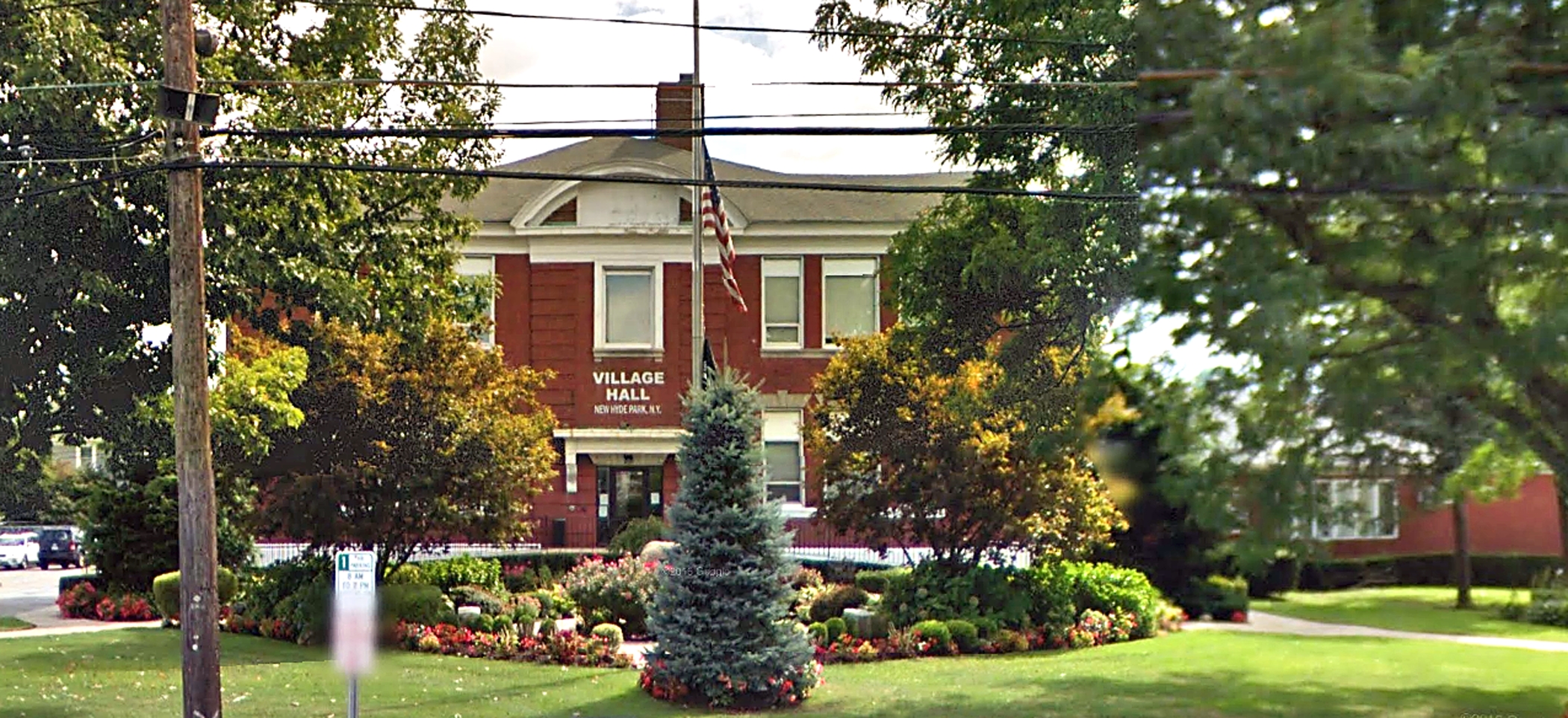The Village of New Hyde Park now has a tree law for the 21st century.
The village Board of Trustees on Tuesday unanimously approved an extensive update to the section of the village code governing trees, replacing a law that had not been changed much since it was first passed in 1939.
The new law, like those in other municipalities, puts in writing the criteria and process for when a tree on village property should be trimmed or removed “so that people know what to expect when they want to remove a tree,” said Benjamin Truncale, the village attorney.
But unlike other villages, New Hyde Park’s law does not regulate trees on private property, Mayor Robert Lofaro said.
“If you want to cut down a tree in your own yard, you can do it,” he said.
The new law prohibits planting, damaging or removing any trees on village-owned property without a permit from the village public works superintendent and requires anyone removing a tree to replace it with a new one or make a contribution to the village’s tree fund.
In deciding whether to issue a permit, the superintendent, Tom Gannon, can consider the tree’s health, the effect of its removal on the surrounding area and whether it is rare or otherwise significant, the new law says. The resident can appeal the decision to the Board of Trustees.
While the new law offers many more specific provisions than the old one, it maintains the current fines for removing trees illegally — $2,000 for the first offense, $5,000 for the second within five years and $10,000 for the third within five years.
The law basically “puts into English what’s already the policy,” village Trustee Donald Barbieri said.
“Instead of having Tom [Gannon] say to the resident, ‘It’s a healthy tree, we don’t cut it down,’ we now define those terms a little bit better,” Lofaro said.
While trustees have heard residents complain about dead trees on private property, the board feels it has no right to require any resident to take down a tree, Lofaro said.
The law is part of the village’s effort to join the Arbor Day Foundation’s “Tree City USA” program, which will help it obtain funding to plant more trees, Lofaro said. The program requires municipalities to have a tree code providing clear guidance for planting, maintaining and removing trees, according to its website.
But it does not resolve the problems that arise when trees damage village sidewalks, Lofaro said.
Matthew Maloney, a resident, said the village should change its policy requiring homeowners to pay for a permit to repair the sidewalk in front of their property after the village removes a tree.
“You own the land. Why should we be responsible for maintaining the sidewalk?” Maloney said.
Lofaro said residents would have to foot the bill anyway because the village would use taxes to cover the costs of fixing sidewalks.
“We cannot solve the tree-sidewalk conflict with a local law,” he said.



